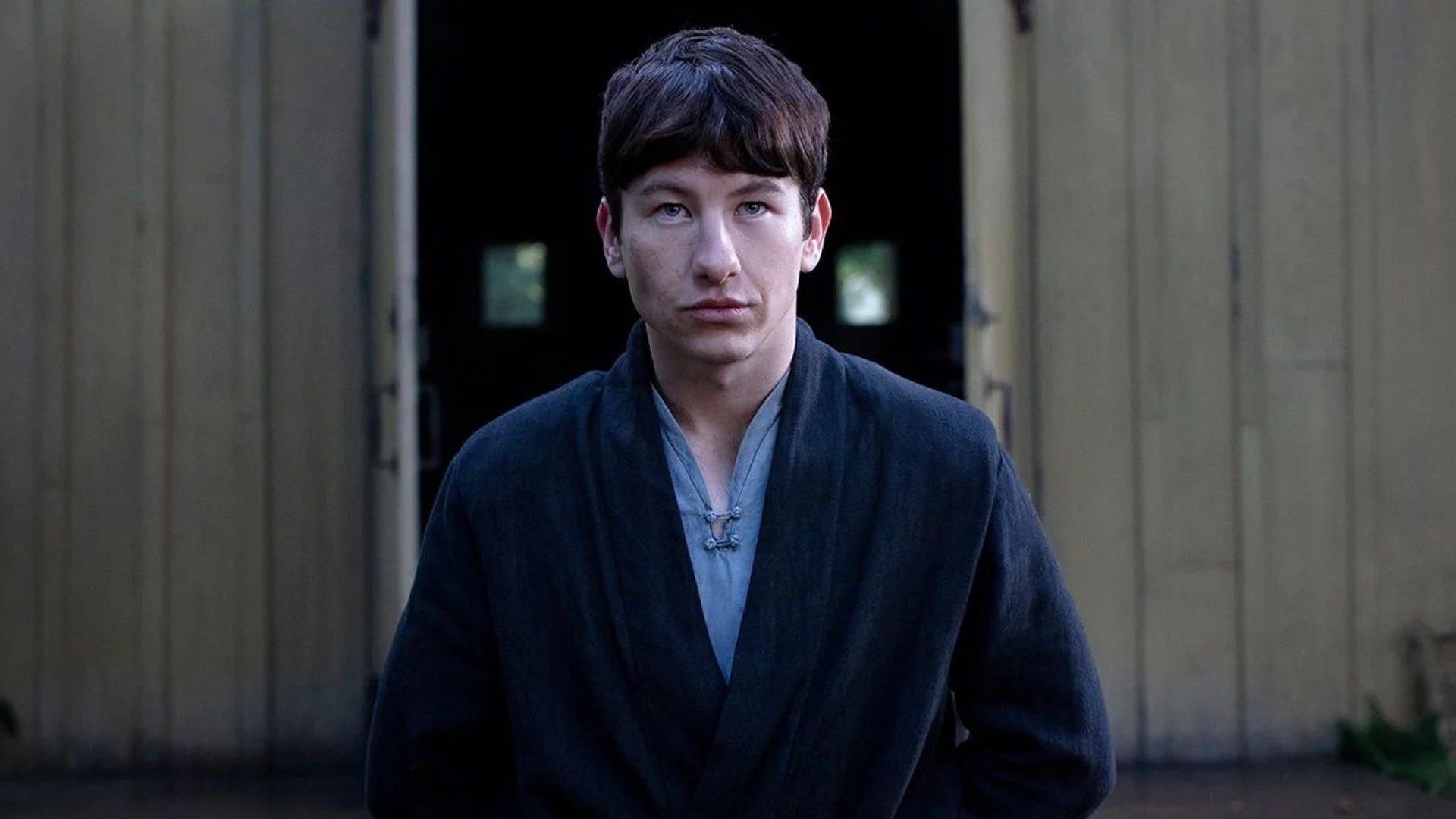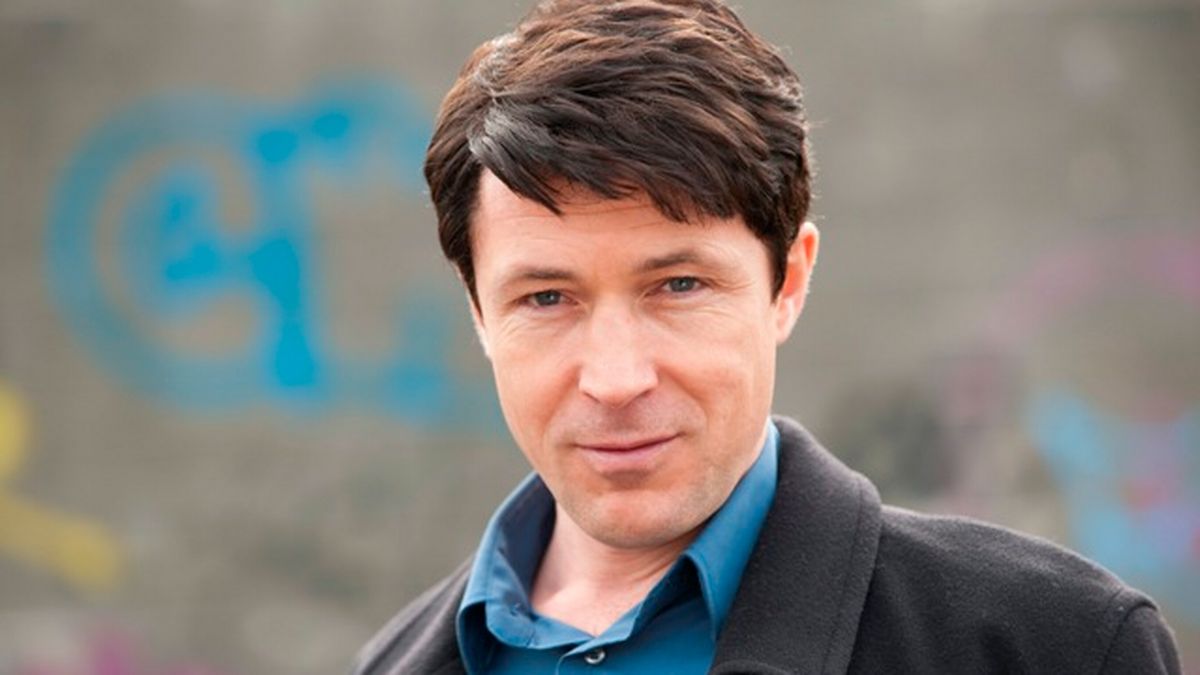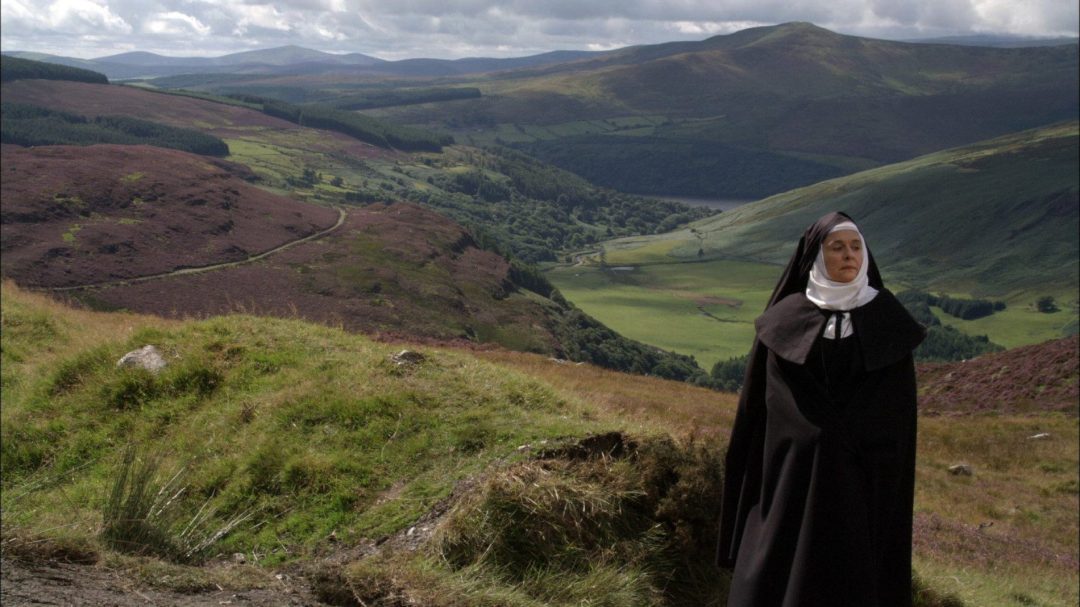Feagh MacHugh O’Bryne (Fiach Mac Aodh ÓBroin) was the son of the chief of the O’Byrnes of the Gabhail Raghnaill. His sept, a minor one, claimed descent from the 11th century King of Leinster, Bran Mac Maolmordha, and was centred at Ballinacor in Glenmalure, a steep valley in the fastness of the Wicklow mountains.
Their chiefs styled themselves as Lords of Ranalagh. The territory of the Gabhail Rabhnaill stretched from Glendalough south to the Forest of Shillelagh in Wexford and west to the borders of present-day County Carlow, an area of some 150,000 acres.
By the time of his death in 1579, Hugh MacShane O’Byrne had brought his sept to prominence much to the discomfort of the senior branch of the clan, the Crioch Branagh. The Gabhaill Rabhaill had allied themselves to several leading clans in Leinster and were related by blood and marriage to the Kavanaghs, O’ Tooles, O’Connors and the O’Moores.
Enemy of the English
The young Feagh was to make a name for himself as an enemy of the English.
Resenting the greed and cruelty of the Elizabethan adventurers and settlers, Feagh would raid their villages and kill or drive them out. He was appalled at the ruthless cruelty of the seneschals (Stewarts) Thomas Masterson and Sir Henry Harrington and in 1580 went into open rebellion when Masterson summarily executed many Kavanagh clansmen.
Other clans joined with Feagh and when James Eustace, 3rd Lord Baltinglass, angered by the treatment of the Catholic Old English also rebelled Feagh joined with him. The English were appalled at this, already Munster was in turmoil as the Earl of Desmond was in rebellion and in the north the O’ Neills were moving also against the English.
Battle at Glenmalure
An army of 3,000 men was sent into the Wicklow Mountains but O’Byrne and Eustace were waiting for them in Glenmalure. Over 800 English lost their lives at the battle of Glenmalure and the rest fled back to Dublin. The following year the English offered terms, Eustace refused and fled to Spain but Feagh and the other clan chiefs accepted and were pardoned.
In the following years, O’Byrne was to keep a low profile. He made no overt moves against the English instead of holding them at bay and even giving them hostages.
In 1592 Hugh Roe O’Donnell, with brothers Art and Henry MacShane O’Neill escaped from Dublin Castle. The breakout had been planned with the help of Hugh Mór O’Neill and the escapees fled to the safety of Glenmalure. It was a severe winter and Art died from exposure and was buried in O’Byrne land but Feagh was able to transport Hugh Roe and Henry away to safety.
The English hunt for Feagh O’Bryne
In January 1594 the English decided to move against O’Byrne claiming that he was involved in treason. The Lord Deputy Sir William Russell managed to take Ballinacor but Feagh and his wife Rose escaped.
The English spent a long time collecting heads and plundering, they spared few. In April Russell again went hunting for Feagh who once again escaped. His wife Rose, however, was captured and sentenced to be burned to death. The sentence was not carried out.
Feagh was once again forced to seek terms which he was granted for renewable 3 monthly terms. He stayed quiet until September 1596 then his son successfully attacked a munitions transport and was able to over-run the English garrison that had been placed in Ballinacor.
Execution of Feagh MacHugh O’Byrne
Lord Deputy Russell was to spend the next year unsuccessfully scouring the country for Feagh. However O’ Byrne’s luck was to run out. A traitor in his camp gave information to Russell that Feagh would be in Ballinacorr on 8th May 1597. The Lord Deputy was able to surprise him and captured him in a cave. There he was hacked to death and decapitated with his own sword.
The head of Feagh MacHugh O’Bryne was put on a spike at Dublin Castle then later sent to London to Queen Elizabeth. Angry that it would be even sent to England, she disdained to accept the head of such a base “Robin Hood”.
Sources
- Blood and Soil. A World History Of Genocide and Extermination from Sparta to Darfur by Ben Kiernan. Kingsley Trust Association, Publication Fund. Yale College. 2007. ISBN 978-0-300-14425-3.
- Settlement and Social Life in Feagh MacHugh O’ Byrnes Ballinacorr by Harry Long PhD.
- Feagh McHugh O’ Byrne; Forgotten Leader of the Nine Years War. By David Edwards (Dept. of History NUIC)
- Ireland in the Age of the Tudors 1477-1603. English Expansion and the end of Gaelic Rule by Steven G. Ellis. Longman. London & New York. 1998





